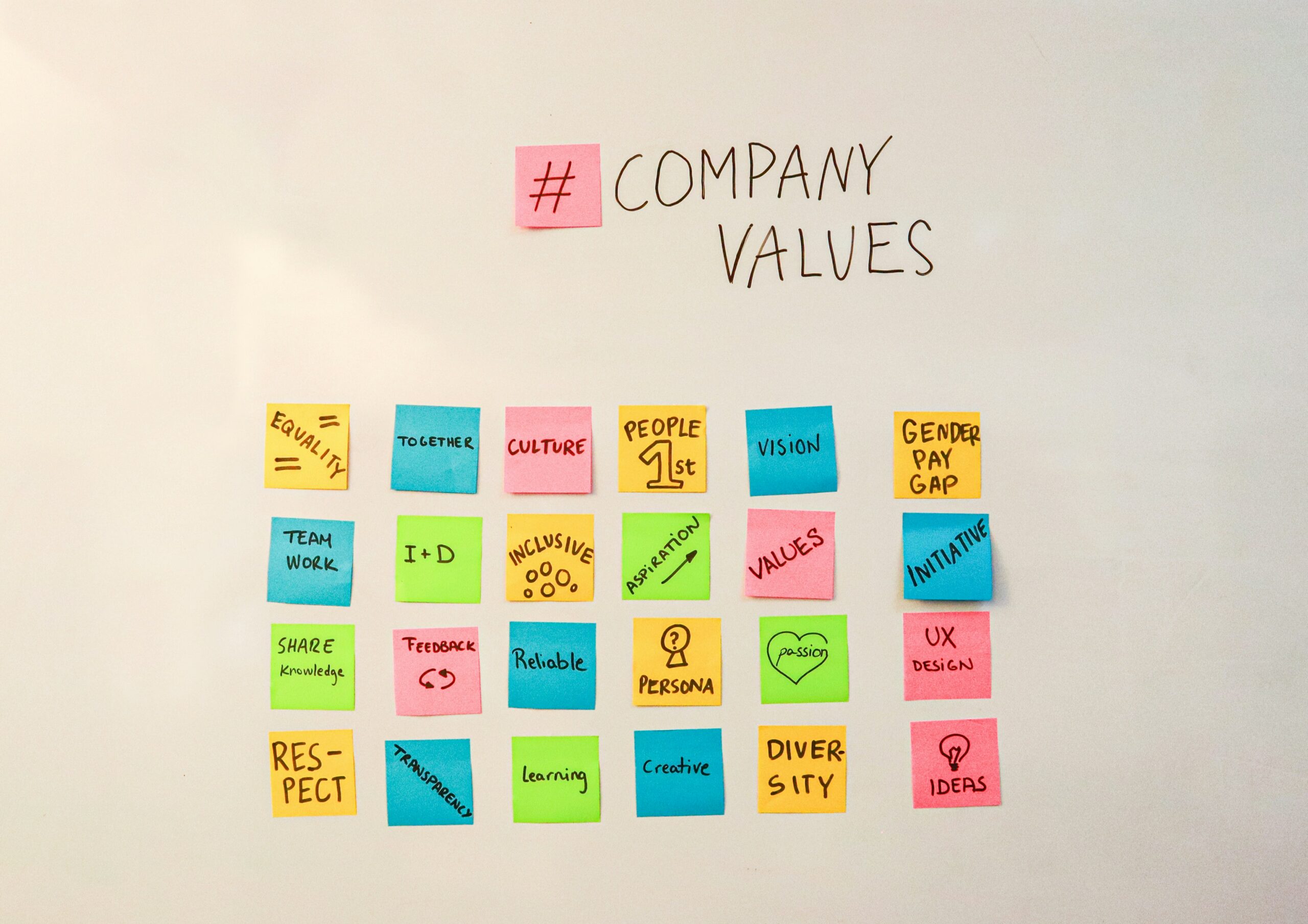By now, you have probably heard talk of “The Great Resignation,” no matter what your profession or industry. According to the U.S. Bureau of Labor Statistics, in August 2021 alone, a record high of 4.3 million employees voluntarily quit their jobs. Meanwhile, the number of job openings reported in August 2021 stands at 10.4 million.1 It is widely known that turnover is costly. In fact, the cost of replacing a midlevel employee is roughly 150% of their salary and it can run up to 400% of salary to replace a highly skilled employee.2
Although turnover rates vary from industry to industry, such trends reveal that many workers are eager for career change and what was holding them back from switching jobs in the past may no longer be the primary factor driving career choices. Kincentric has come to refer to this phenomenon as the Talent Uprising,3 resulting in a world in which employees have new demands around flexibility, social responsibility and alignment to the culture and purpose of the organization, as well as progress in DEI initiatives – and are willing to walk if these are not met.
But in an effort to understand why employees are leaving and to ultimately improve retention, it is helpful to first explore why people stay. Other than satisfaction with one’s job, a key factor that predicts turnover is job embeddedness—elements that embed employees in their jobs or current organization.4 Embeddedness can often be found in one or more of the following three forms:
1. Link—one’s formal or informal connections to coworkers, the team or the company
2. Fit—one’s perceived compatibility or comfort with the organization or the work environment
3. Sacrifice—one’s perceived cost of material or psychological benefits that would result from leaving the job
For many years, organizations have benefited from the positive impact of embeddedness on employee retention with little focus or effort expended to nurture or maintain it. However, the pandemic and remote work have transformed the traditional workplace and ways of working and, in turn, have weakened the bonds of embeddedness. To prevent organizations from losing talent during the Talent Uprising, leaders need to act now to strengthen all three forms of embeddedness with their employees.
Link
The interpersonal links that were built through close physical proximity, frequent face-to-face interactions, snack-filled break rooms and happy hour gatherings have been largely dismantled. If leaders cannot find new ways to engage employees via digital technologies and new ways of working, the links that bond employees to their colleagues and their jobs will continue to wither.
To do this, leaders should demonstrate greater care and consideration toward remote team members. Conducting frequent check-ins to understand their difficulties and needs can go a long way to maintaining the critical link between leader and employee. It is also more important than ever to bring the team together on a regular basis (whether virtually or in person) to provide opportunities to share personal news and success, to relate and to celebrate in order to build and strengthen the bonds between them.
Fit
The pandemic has changed many employees’ views on life, relationships and work.5 More specifically, the need for personal growth and purpose has fueled their desire for more autonomy, stronger connections with their colleagues and more meaning in their work. If organizations don’t keep up with this shift, employees are likely to explore opportunities with an organization that better meets those needs and desires.
Leaders should ask themselves several questions to identify areas in which fit can be enhanced:
- Do I know my employees’ personal and career goals?
- Do I provide my team members with opportunities that are suitable for their career growth?
- Am I an inclusive leader who provides an opportunity for everyone’s voices to be heard and their unique talents to be leveraged in day-to-day work?
- Do I monitor my team/organization’s climate to ensure it supports a culture of diversity, equity and inclusion?
Sacrifice
Historically, for many people, staying with a job has often involved a certain degree of sacrifice. For example, someone may stay at a lower-paying job so that they can remain close to loved ones, or they may be willing to tolerate a long commute just because the organization’s mission and vision resonate with their personal values. However, fully remote work, competitive starting salaries, advanced talent strategies, and efforts to build a diverse, equitable and inclusive culture have largely freed employees from feeling they must make significant sacrifices in order to hold a job that meets their personal or professional needs.
The Talent Uprising is a sign of the times, rather than a side effect of the pandemic. To retain employees, organizations need to act now to provide the conditions that make employees want to stay rather than feel they have to stay. It is time to reevaluate your talent strategy and human capital solutions and make changes for the better.
- U.S. Bureau of Labor Statistics. (2021, October 12). Job openings and labor turnover summary. Retrieved from: https://www.bls.gov/news.release/jolts.nr0.htm
- Abdi, N. (2021, September 28). A step-by-step guide to calculating the exact cost of turnover. sparkbay. Retrieved from: https://sparkbay.com/en/culture-blog/calculate-cost-turnover-3
- Kissack, J., & MacArthur, J. (2021, September). The talent uprising—The revolution driving evolution. Kincentric: Insights. Retrieved from: https://www. kincentric.com/insights/talent-uprising
- Mitchell, T. R., Holtom, B. C., Lee, T. W., Sablynski, C. J., & Erez, M. (2001). Why people stay: Using job embeddedness to predict voluntary turnover. Academy of Management Journal, 44, 1102–1121.
- Adler, S. (2021, August). Post-pandemic growth and the talent uprising. Kincentric: Big Idea, In Brief. Retrieved from: https://www.kincentric.com/insights/post-pandemic-growth-and-the-talent-uprising

 5.0
5.0 





















